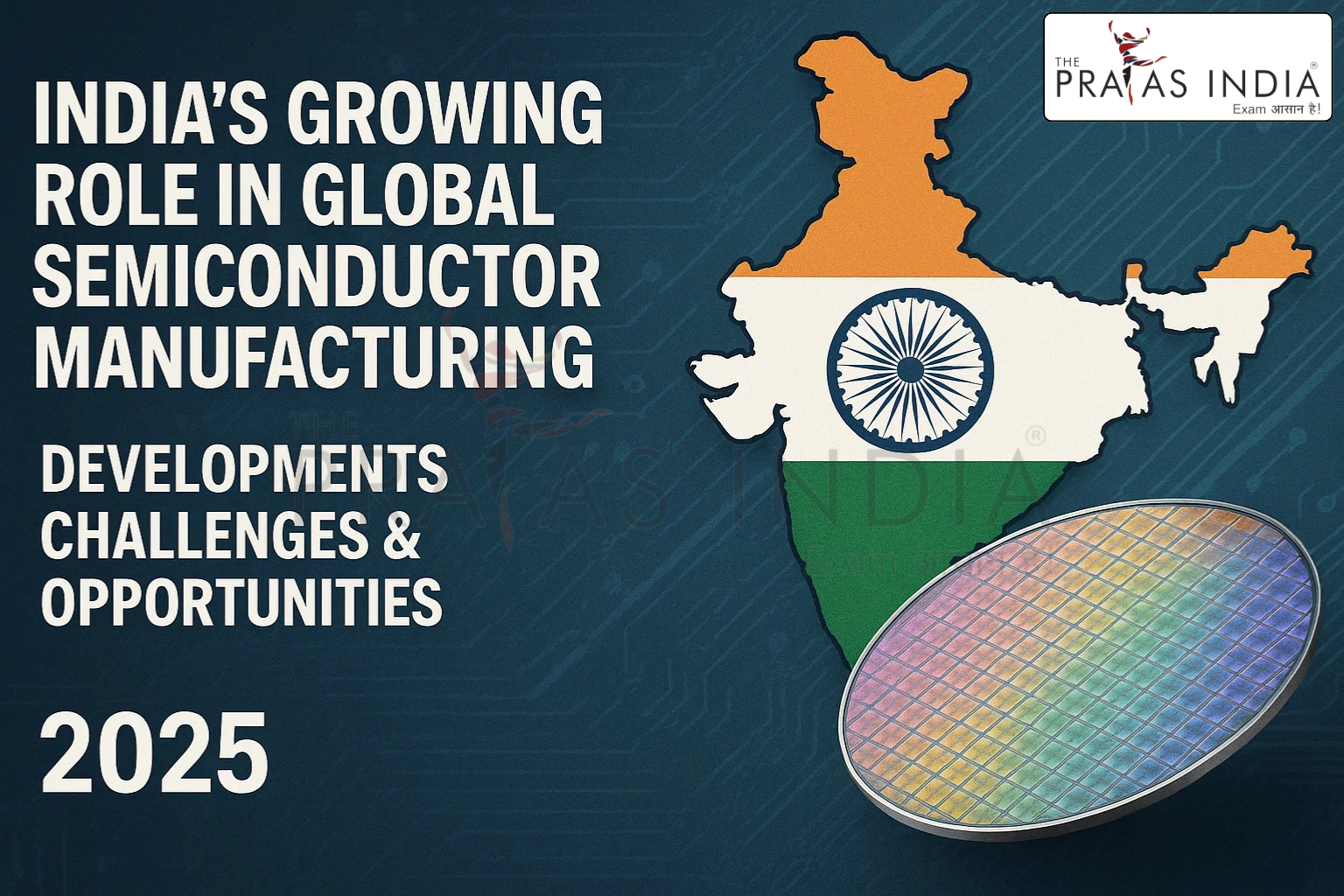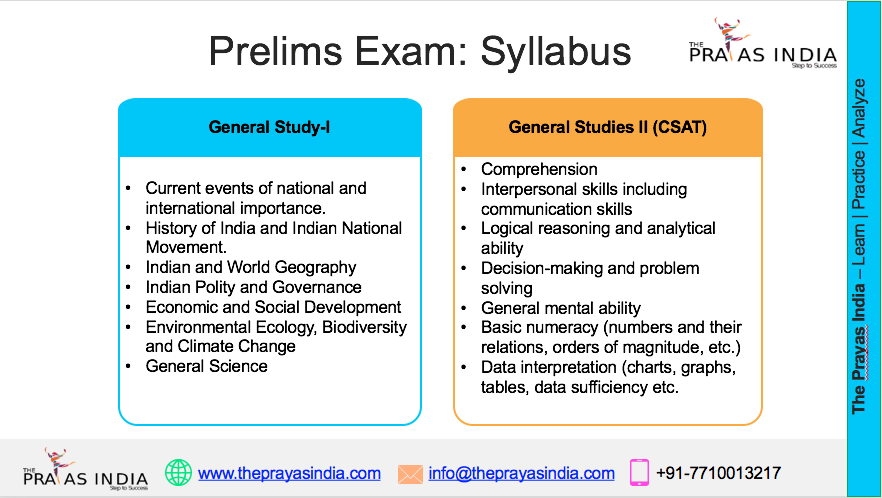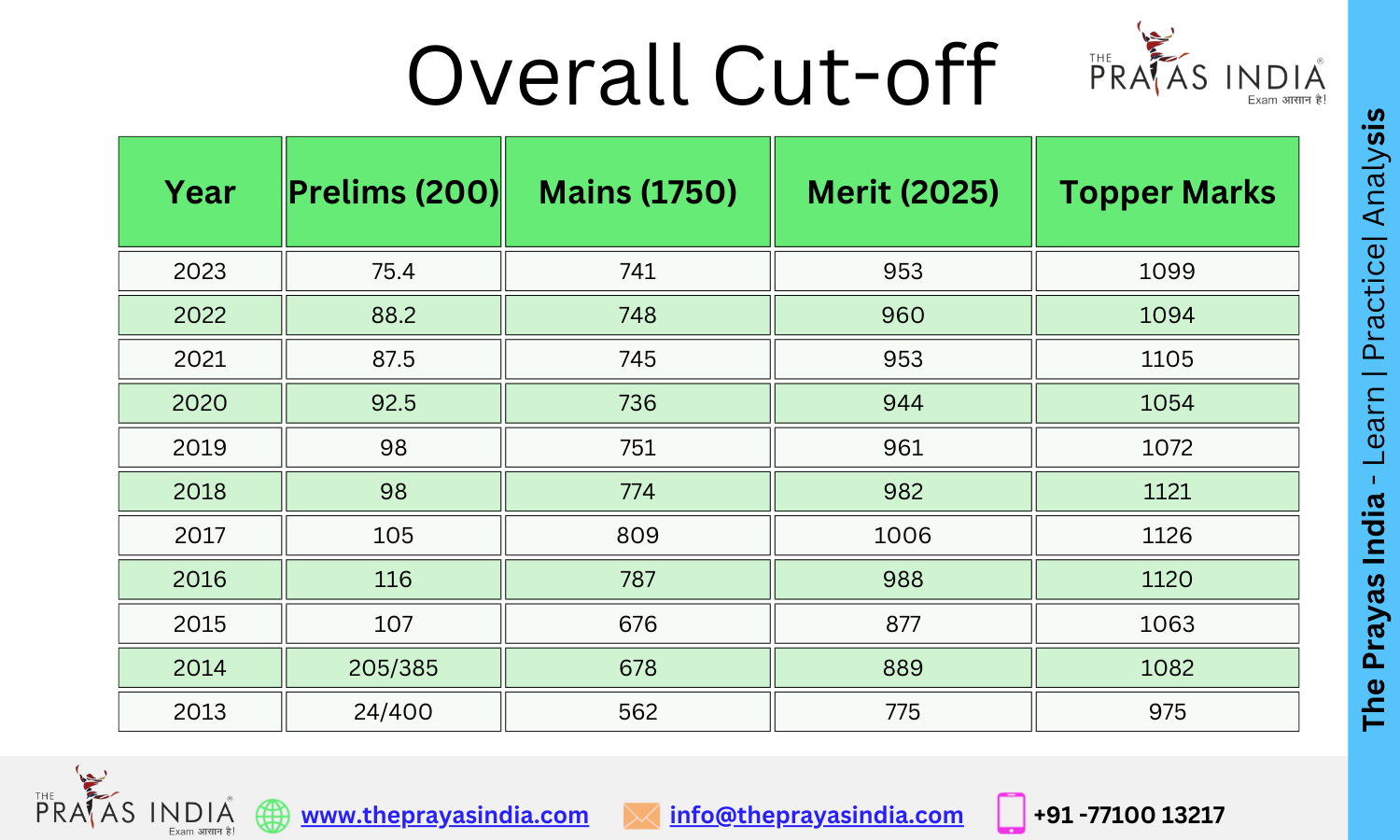India’s Growing Role in Global Semiconductor Manufacturing: Developments, Challenges & Opportunities (2025)
🔍 Introduction
In a technology-driven world, semiconductors are the backbone of digital devices—from smartphones and laptops to satellites and supercomputers. Amid the global chip shortage and growing geopolitical tensions, India has launched an ambitious mission to emerge as a semiconductor manufacturing hub. With major investments, new fab projects, and policy support, India is making significant strides in the global semiconductor race.

🧠 What Are Semiconductors and Why Are They Important?
Semiconductors are materials with conductivity between conductors and insulators. They are used in the creation of integrated circuits (ICs) or chips, which power:
-
Computers and smartphones
-
Automobiles and defense systems
-
Medical equipment
-
AI, 5G, and IoT applications
A single high-end car today uses 1,500+ chips. This makes semiconductor self-reliance a matter of economic and strategic importance.
🏭 India’s Current Semiconductor Landscape
Traditionally, India has been strong in semiconductor design, with global companies like Intel, Qualcomm, and AMD operating large design centers in cities like Bengaluru and Hyderabad.
However, chip fabrication (fabs)—the actual manufacturing of chips—has been absent. That is now changing.
🆕 Recent Developments in 2024–25
India is finally seeing momentum with:
-
Micron Technology’s DRAM and NAND Assembly Facility in Sanand, Gujarat (inaugurated in 2024)
-
Tata Electronics’ new chip fab under development in Dholera
-
Foxconn-Vedanta semiconductor project gaining traction in Maharashtra
-
ISRO’s work on indigenous space-grade semiconductors
These projects are backed by billions in investment and are expected to reduce import dependency, create jobs, and boost India’s tech sovereignty.
🛠️ Key Government Initiatives
1. Semicon India Program (2021–2030)
-
Total outlay: ₹76,000 crore
-
Goal: Attract global and Indian companies to set up semiconductor fabs and display units
2. PLI Scheme (Production-Linked Incentive)
-
Offers financial incentives for semiconductor and display manufacturing
3. DLI Scheme (Design-Linked Incentive)
-
Supports Indian startups in chip design and IP creation
4. India Semiconductor Mission (ISM)
-
A specialized unit under MeitY to coordinate strategy, policy, and investment
🌍 Why India’s Semiconductor Push Matters Globally
-
China–US tech war has disrupted global chip supply chains
-
Taiwan, the world’s chipmaking hub, is vulnerable due to geopolitical tension
-
Countries like the US, Japan, and EU are looking to diversify supply chains
-
India offers:
-
Political stability
-
Large consumer base
-
Skilled IT workforce
-
Strategic location in Asia
-
📉 Challenges Ahead
| Challenge | Details |
|---|---|
| 💰 Capital Intensity | Building fabs costs $5–10 billion and takes years |
| 🧑🔧 Skilled Workforce | Shortage of chip manufacturing specialists |
| ⚡ Infrastructure | Power, water, and cleanroom requirements are high |
| 🌐 Tech Know-How | India lacks deep experience in advanced node manufacturing |
| 🔄 Supply Chain Ecosystem | From wafers to packaging, the ecosystem is still developing |
📈 Opportunities for India
-
🌟 Job Creation – Estimated 1 million+ direct and indirect jobs over the decade
-
🧠 R&D & Innovation – Boosts electronics and AI ecosystem
-
🚀 Strategic Autonomy – Reduces dependence on China and Taiwan
-
💸 Exports & GDP Growth – Chip exports could become a multi-billion-dollar industry
-
🛡️ Defense & Security – Indigenous chips reduce cyber threats and surveillance risks
🧾 Conclusion
India’s entry into global semiconductor manufacturing is not just a tech leap—it’s a strategic move for economic independence, digital sovereignty, and national security. While challenges are many, the combination of government support, private investment, and global partnerships can put India on the map as a semiconductor superpower in the coming decade.
For aspirants preparing for UPSC, MPSC, SSC, Banking, and other exams, understanding this topic is crucial under Science & Technology, Indian Economy, and Current Affairs.
🧠 Quick Quiz (Revision for Aspirants):
-
Which state recently inaugurated India’s first DRAM assembly facility?
a) Maharashtra
b) Gujarat ✅
c) Karnataka
d) Tamil Nadu -
Which company partnered with Vedanta for semiconductor manufacturing in India?
a) Intel
b) Foxconn ✅
c) Micron
d) Samsung -
What is the total outlay of the Semicon India Program?
a) ₹50,000 crore
b) ₹1 lakh crore
c) ₹76,000 crore ✅
d) ₹25,000 crore


![Prayas-लक्ष्य [UPSC CSE Target] The Prayas India](https://theprayasindia.com/wp-content/uploads/2021/08/Prayas-लक्ष्य-UPSC-CSE-Target-The-Prayas-India-300x167.png)

![Prayas Pre-भेदश [UPSC CSE Prelims Test Series] The Prayas India](https://theprayasindia.com/wp-content/uploads/2021/08/Prayas-Pre-भेदश-UPSC-CSE-Prelims-Test-Series-The-Prayas-India-300x167.png)










